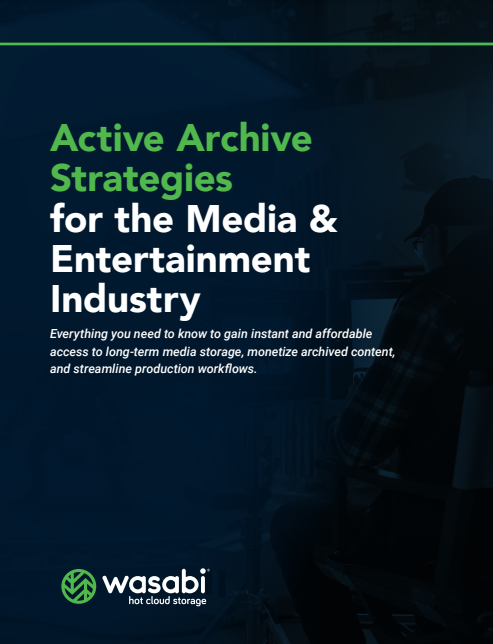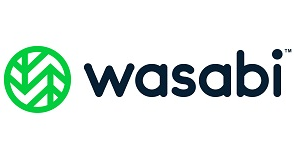Active Archive Strategies for the Media & Entertainment Industry

Today’s media and entertainment (M&E) organizations face some major challenges. The world’s ever-increasing hunger for content not only puts serious pressure on these companies to keep producing, but it’s also causing media libraries and storage costs to skyrocket.
From 8K video to 360 degrees of high-res virtual reality, M&E content can get massive, and organizations need to curb storage sprawl as they continually add to their content libraries. And thanks to over-the-top (OTT) distribution and consumers accustomed to on-demand access, organizations are seeing more value in not only retaining their entire back catalog but also having fast and ready access to them.
Data storage—or more specifically, archiving—is more critical than it’s ever been. Many organizations are finding new ways to monetize their past work, and more editors, artists, and distributors require remote access to vast stores of data to do their daily obs. Offsite backups are a must, as ransomware attacks in the M&E sector become more frequent.
In this e-guide, we take a closer look at active archiving and why it’s a strategy that can help you future-proof your data archives while keeping all of your content secure and protected. You’ll learn:
The pitfalls of traditional archiving
- Strategies and things to avoid to achieve an active archive solution
- Qualities to look for in active archive storage
- Why a single, hot tier for archiving data is the simpler solution compared to multi-tiered systems with limited recall performance and complex billing
- Ways that you can leverage an active archive system to streamline workflows

